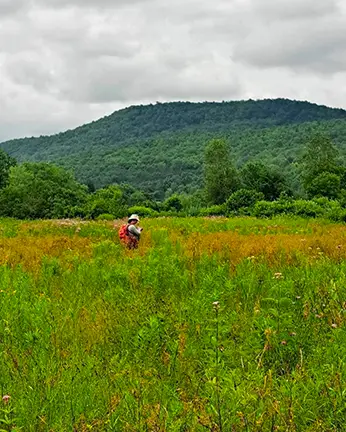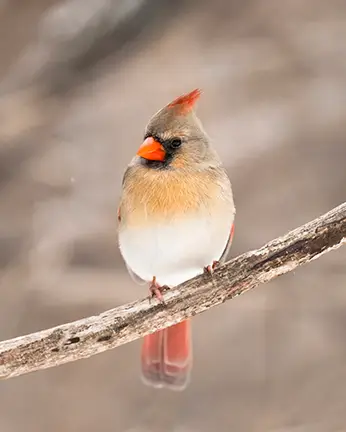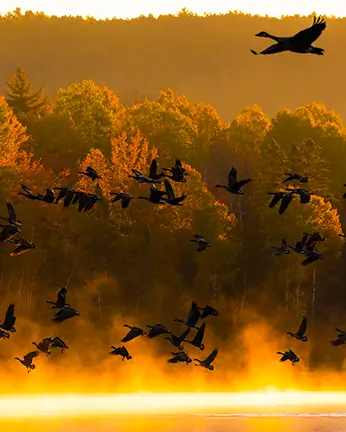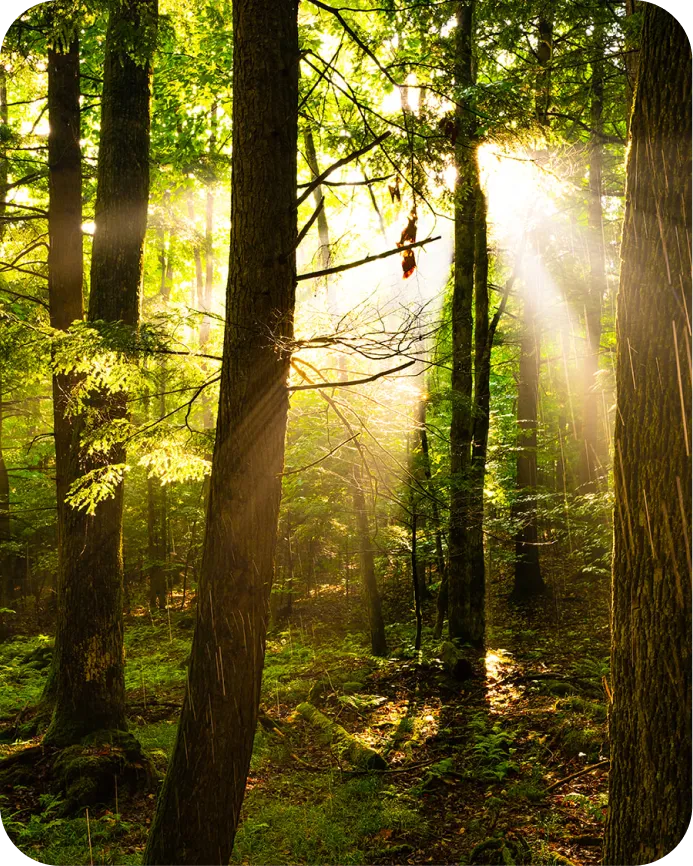Conservation Options
Ecogift, land donation, and other conservation options
With the expertise of our conservation advisors and more than 20 years of experience, we can guide you through the administrative, fiscal, and notarial processes in collaboration with a conservation organization in your area. In addition, we ensure that all costs related to this process are covered by our funding partners. As a landowner, you will not incur any expenses!



Land Donation
Preserve Nature Forever
By donating all or part of a property to a conservation organization, the owner ensures that the natural areas it contains will be protected forever. They are also relieved of paying property taxes on that land. The owner may be eligible for significant tax credits and other attractive fiscal benefits.
Partial or full land donation
By donating all or part of your property, you’re helping protect nature. You’re no longer responsible for the land or the property taxes that come with it. This gesture can also give you financial benefits, such as tax credits.
Private nature reserve
Protect your land permanently while remaining its owner, through an agreement with the Government of Quebec. This status provides official recognition, tax benefits, and ensures the long-term conservation of the natural environment.
OECM
Other effective conservation measures
Need advice?
Our conservation specialists can guide you every step of the way, from administrative to tax and notarial procedures.
Conservation Servitude
Protecting your land and remaining the owner
A conservation easement allows you to protect natural habitats while keeping ownership of your land. This type of agreement also provides access to tax benefits.
Not all properties are eligible for a conservation easement.
To learn more, get in touch with us. With the expertise of our conservation advisors, we can guide you through the administrative, tax, and notarial procedures.

Planned donation
Including a gift to a conservation organization in your financial or estate planning is a lasting and meaningful gesture. It supports long-term protection efforts and can provide significant tax benefits, whether you are an individual or a business.


Conciliating Conservation and Forestry
The private forests of southern Quebec are under pressure. To ensure their long-term viability, Appalachian Corridor promotes a model that balances sustainable forestry with conservation. In collaboration with forest producers, a network of exemplary forests has been created, integrating biodiversity-friendly practices into forest management plans. This model can be replicated across Quebec and could be supported through tailored incentives.
